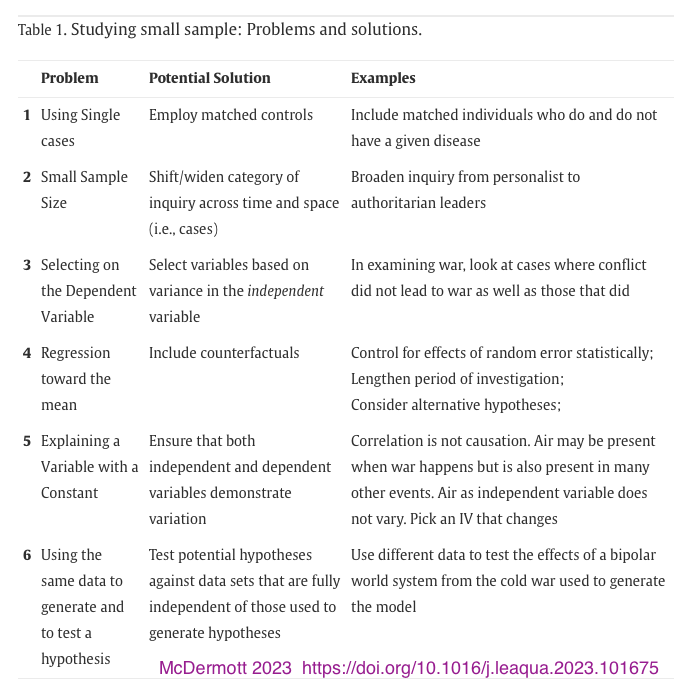My goal is to offer a tool for qualitative, interpretivist researchers to use Kincheloe & McLaren’s 2011 chapter applying Critical Theory to relativist research studies. I believe Critical Theory has much to offer less “realist” researchers such as I, and I would like to share this with anyone who might find it useful.
I’m going to address a few background issues to explain what I mean (so I don’t get an angry horde on the internet, should anybody ever read this post – lol), and then I’ll offer the source and my tool.
First, some background
When I was writing my dissertation proposal in leadership theory, I planned to use constructivist Grounded Theory (in the tradition of Kathy Charmaz) to study my question. My study morphed away from that design (and the various jokes about how dissertations start grand but end …. far less grand have certainly been true in my case).

In my original proposal, I included a discussion of why Critical Theory adds value to my inquiry. I wasn’t intending to do a CT study, but leadership studies that don’t at least pause to consider issues of power and structural disenfranchisement (and gaining some wisdom from our CT friends on that) strike me as naive. Has the researcher considered who is “in” and who’s “out” and how that affects the validity of their research data (even if they’re doing a wholly qualitative study)?
My husband — who was trained at UGA as a qualitative researcher in education — challenged me on this point. He pointed out that Critical Theory rests on a realist approach to epistemology, and my study was stating a constructivist foundation (to stay in line with the approach I wanted to use for GT). He argued that CT demands a realist framework, and I had proposed something with an inherent contradiction.
OK, fair point.
He also suggested that I move instead to “being ‘informed’ by CT” — sensitized to its concepts and questions. This offered me a way to keep an eye on those critical questions which mean a lot to me as a researcher. My committee didn’t push me too hard on that point, and the compromise made it into my proposal.
I’m currently elbows-deep in writing my results and discussions chapters, analyzing the data from what ended up being an exploratory case study (Covid conditions and the short timeframe imposed by my institution for this program made grounded theory impractical). I am definitely at the “plastic horse” stage of the writing. lol
In my data analysis, I ran across Kincheloe and McLaren’s excellent 2011 book chapter on the useful applications of modern Critical Theory to qualitative, interpretivist research. (I resisted the urge to print all 50 pages and slap it down on my husband’s desk in triumph.)
The original source for my tool
Kincheloe, J. L., & McLaren, P. (2011). Rethinking Critical Theory and Qualitative Research. In K. Hayes, S. R. Steinberg, & K. Tobin (Eds.), Key Works in Critical Pedagogy (pp. 285–326). SensePublishers. https://doi.org/10.1007/978-94-6091-397-6_23
We can be against critical theory or for it, but especially at the present historical juncture, we cannot be without it.
Kincheloe & McLaren, 2011, p. 286
Kincheloe and McLaren argue that many dimensions of critical inquiry align with the overarching purposes of the qualitative researcher who seeks to shake up established “truths” and challenge norms. The purpose of their chapter is to work through a variety of dimensions in an attempt to give an “idiosyncratic” definition of what Critical Theory is (and isn’t) as we move deeper into the 21st century. “The following points briefly delineate our interpretation of a critical theory for the new millennium” (p. 288).
A critical postmodern research requires researchers to construct their perception of the world anew, not just in random ways but in a manner that undermines what appears natural, that opens to question what appears obvious. … [I]nsurgent researchers ask questions about how what is has come to be, whose interests are served by particular institutional arrangements, and where our own frames of reference come from. Facts are no longer simply “what is”; the truth of beliefs is not simply testable by their correspondence to these facts. To engage in critical postmodern research is to take part in a process of critical world making, guided by the shadowed outline of a dream of a world less conditioned by misery, suffering, and the politics of deceit. It is, in short, a pragmatics of hope in an age of cynical reason.
Kincheloe & McLaren, 2011, p. 315 (emphasis mine)
The tool: Use a Critical lens and reflect on your research design and data
So how could this treatise be of use? I immediately saw the value in taking notes on each sub-section, skimming through the critical dimensions to remind myself of elements that might be useful to me later. I wrote a series of questions aligned to the article and saved my notes for later.
This weekend, as I’ve been reflecting on the entirety of my MAXQDA codes from my subject interviews, I returned to my notebook with its handwritten list of questions and created a Word document. Not all of these questions were relevant to my needs, but the exercise helped me clarify the role of power and power-structures in the context of my research. Lots of good “future directions for research” ideas on there too.
Here is my tool in document form:
Link to Word file | Link to PDF file
The Word file will be more useful than the PDF, but both are here.

Creative Commons – BY license: You are free to share, remix, and use this tool freely, with attribution. Thanks!






